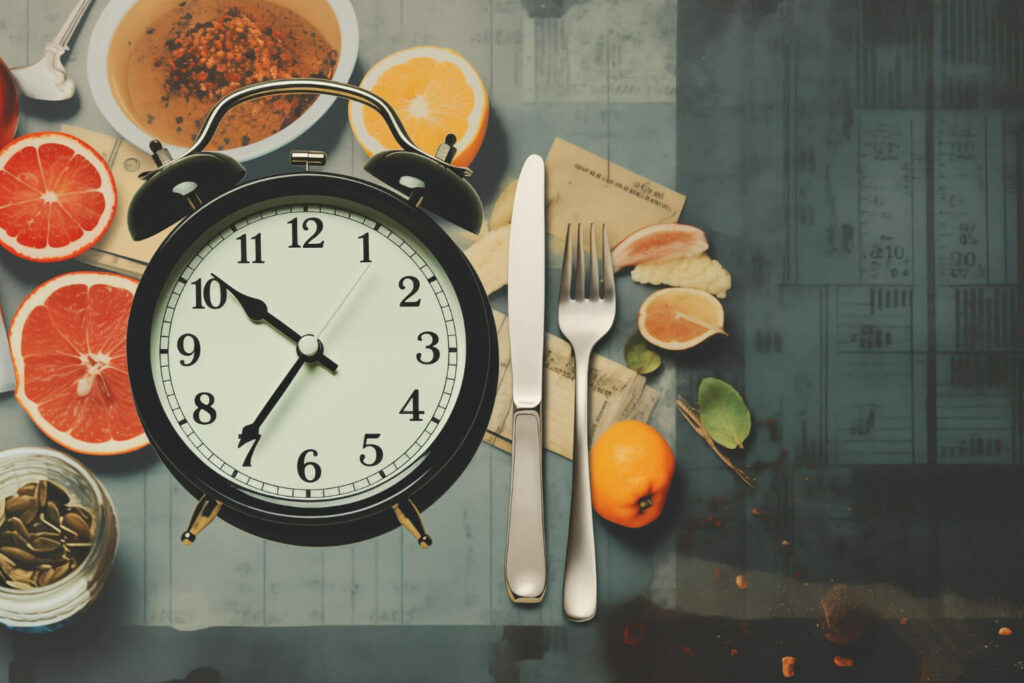Intermittent fasting (IF) has taken the health and wellness world by storm. From weight loss to mental clarity, its potential benefits are widely praised. But here’s what most guides don’t mention: women’s bodies respond differently to fasting, especially due to the natural hormonal fluctuations throughout the menstrual cycle.
This guide is tailored specifically for women—to help you understand how intermittent fasting works, how it affects female hormones, and how to adapt fasting practices to your cycle for optimal results.
What is Intermittent Fasting (IF)?
Intermittent fasting is an eating pattern that cycles between periods of eating and fasting. It doesn’t prescribe what you eat, but when you eat. Common methods include:
- 16:8 method: 16-hour fast, 8-hour eating window
- 14:10 method: 14-hour fast, 10-hour eating window (often better for women)
- 5:2 method: Normal eating 5 days/week, restricted calories on 2 days
- Eat-Stop-Eat: 24-hour fast once or twice a week
Why Intermittent Fasting Affects Women Differently
Women’s bodies are hormonally sensitive. Fasting too aggressively can disrupt:
- Menstrual cycles
- Ovulation
- Thyroid function
- Cortisol (stress hormone) levels
- Fertility
That’s because the female body is hardwired to protect reproductive function—so extreme calorie restriction or prolonged fasting may signal a “threat,” leading to imbalances in estrogen, progesterone, and other key hormones.
Benefits of Intermittent Fasting for Women (When Done Right)
✅ Supports weight management and fat loss
✅ May improve insulin sensitivity and reduce risk of type 2 diabetes
✅ Can enhance mental clarity and focus
✅ May reduce inflammation and support cellular repair
✅ Can help regulate appetite and reduce sugar cravings
Adapting Intermittent Fasting to the Female Hormonal Cycle
To make intermittent fasting work with your hormones (not against them), it’s important to adjust your fasting routine based on your menstrual cycle phases.
🩸 1. Menstrual Phase (Days 1–5)
What’s happening: Estrogen and progesterone are at their lowest. Energy is also lower.
Fasting tips:
- Be gentle. Consider a shorter fast (12–14 hours) or take a break from fasting entirely.
- Focus on rest, recovery, and nutrient-dense foods.
- Listen to your body—some women crave more calories during this time.
🌱 2. Follicular Phase (Days 6–14)
What’s happening: Estrogen begins to rise; energy and metabolism are higher.
Fasting tips:
- This is the best time to fast. Most women tolerate 14:10 or even 16:8 well.
- Try more intense workouts if desired—your body is more resilient.
- Eat plenty of clean carbs, protein, and fats to fuel your body.
🌕 3. Ovulation (Around Day 14)
What’s happening: Estrogen peaks, and a slight increase in testosterone occurs.
Fasting tips:
- Continue with your regular fasting routine, but stay aware of energy levels.
- You might notice a stronger appetite—don’t restrict excessively.
- Hydrate well and focus on anti-inflammatory foods.
🌙 4. Luteal Phase (Days 15–28)
What’s happening: Progesterone rises, and your body becomes more insulin-resistant.
Fasting tips:
- Consider shortening your fasting window (12–14 hours).
- Prioritize stable blood sugar: eat protein and fiber-rich meals.
- You may feel more tired or hungry—don’t fight it.
- This is not the time to push hard on fasting or training.
Intermittent Fasting for Women: Key Tips for Success
✅ Start Slowly
Jumping straight into a 16:8 fast can backfire. Begin with 12:12 or 13:11, then gradually increase as your body adjusts.
✅ Stay Nourished
Don’t use fasting as a reason to under-eat. In your eating window, focus on:
- Protein (hormone support and muscle maintenance)
- Healthy fats (brain and hormone health)
- Colorful vegetables and complex carbs
✅ Stay Hydrated
Water, herbal teas, and mineral-rich broths help avoid dehydration and support detoxification.
✅ Support Your Cycle
Your menstrual cycle is a built-in biofeedback system. Learn to adapt your fasting, workouts, and lifestyle accordingly.
✅ Be Flexible
Some weeks you’ll feel great fasting. Others—not so much. Flexibility is key to long-term success.
Who Should Avoid or Modify Intermittent Fasting?
While many women can benefit, IF is not recommended (or should be done only under guidance) for:
- Women who are pregnant or breastfeeding
- Those with irregular or missing periods
- Anyone with a history of disordered eating
- Women with thyroid disorders or adrenal fatigue
- Teen girls or those with high physical or emotional stress
Fasting That Works With Your Body

Intermittent fasting can be a powerful tool for women—but only when practiced with an understanding of the female hormonal rhythm. Instead of forcing your body into a rigid plan, learn to work with your cycle. This not only supports better results but also long-term health and hormonal harmony.
The bottom line: You don’t need to “fast harder.” You need to fast smarter.
Have you tried intermittent fasting as a woman? How has your body responded?
Share your experience below—your insights might help others on a similar journey!

